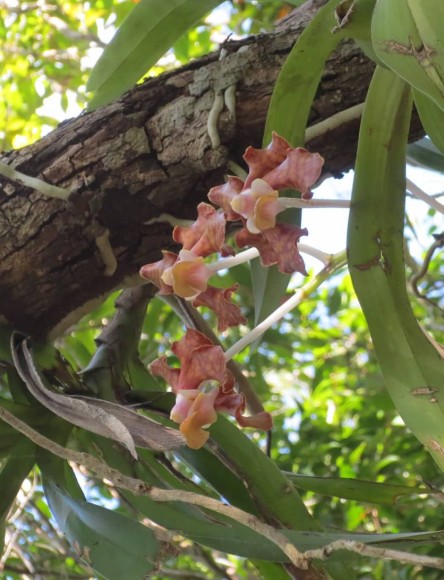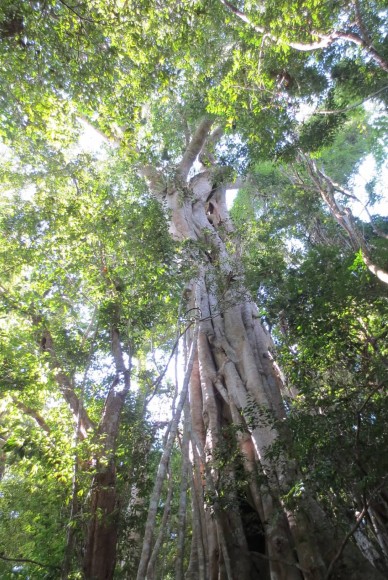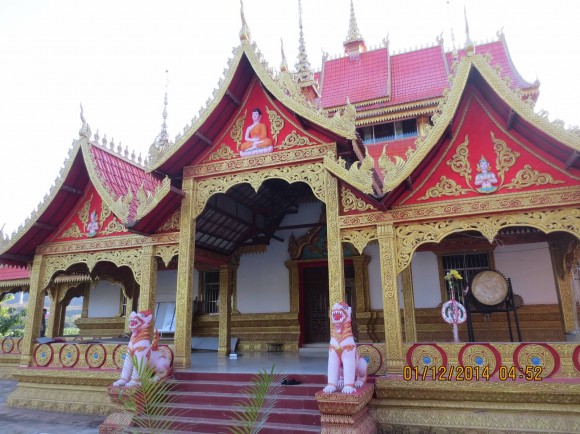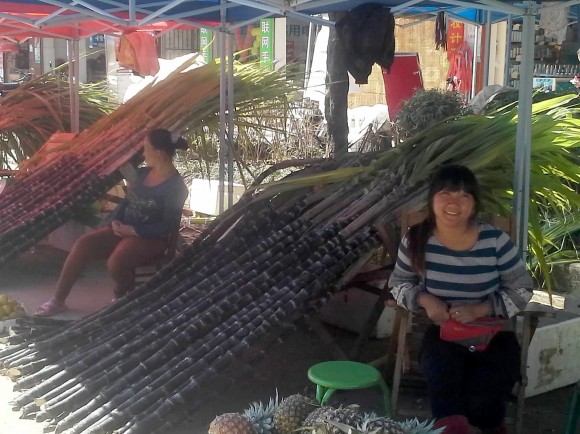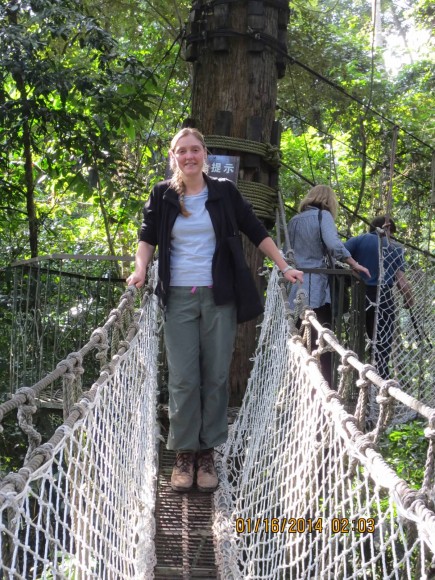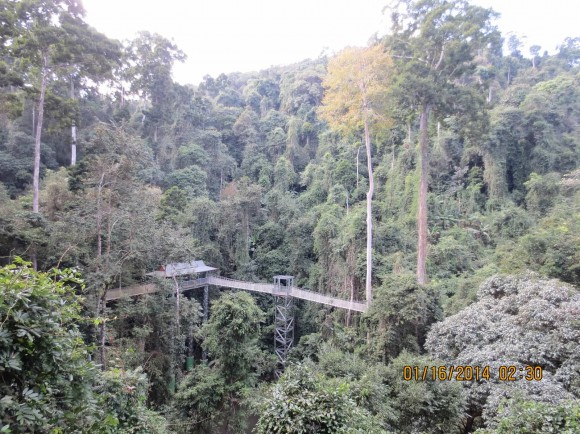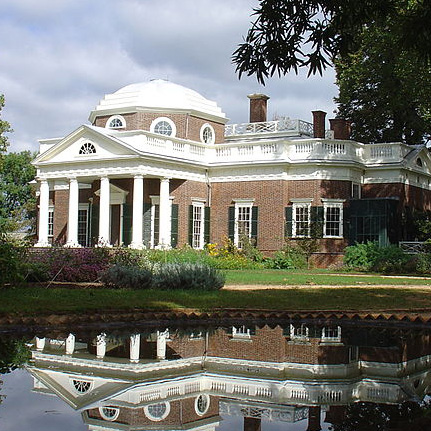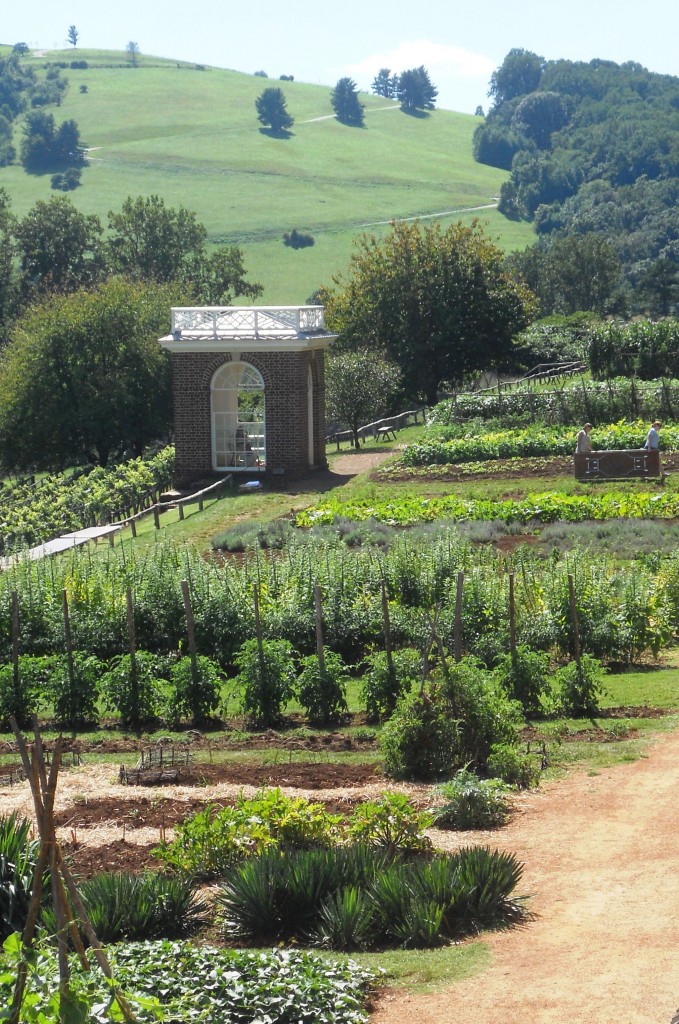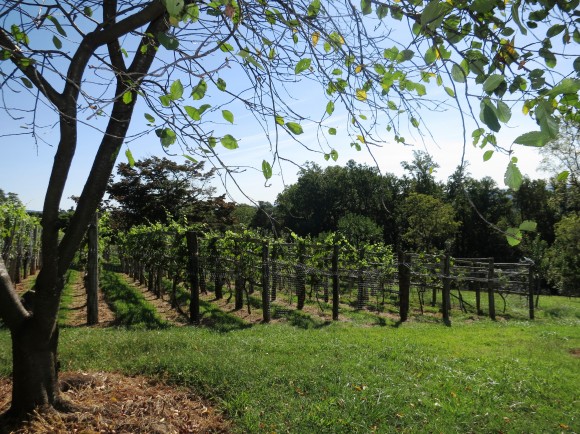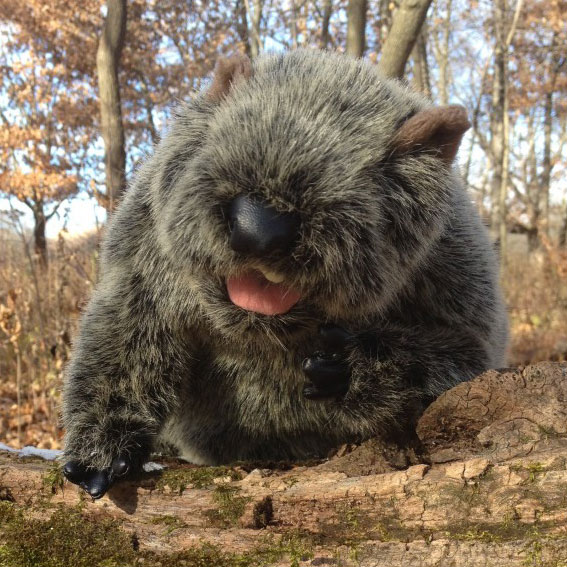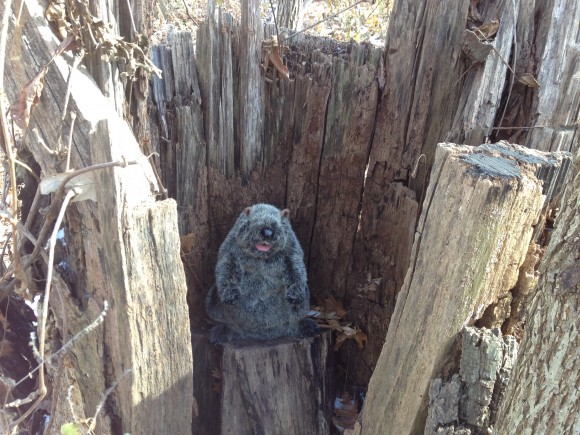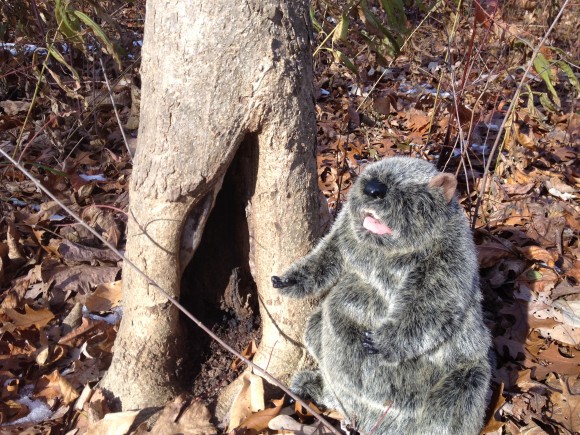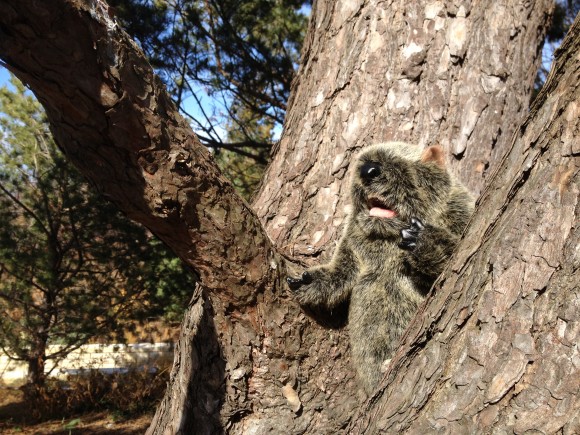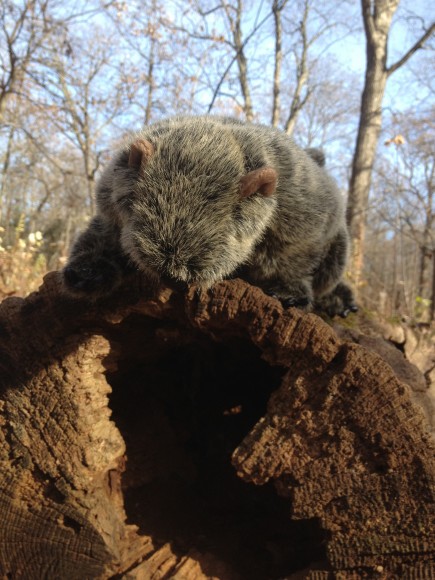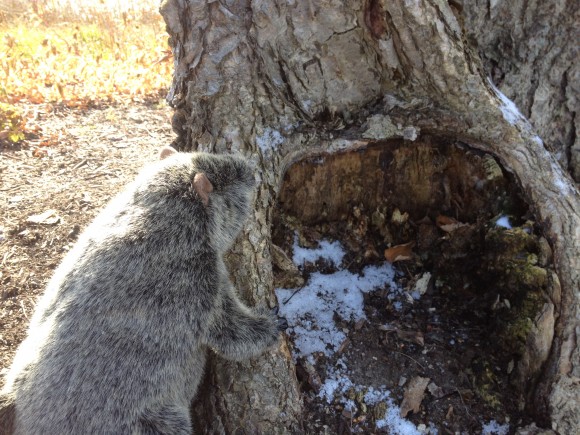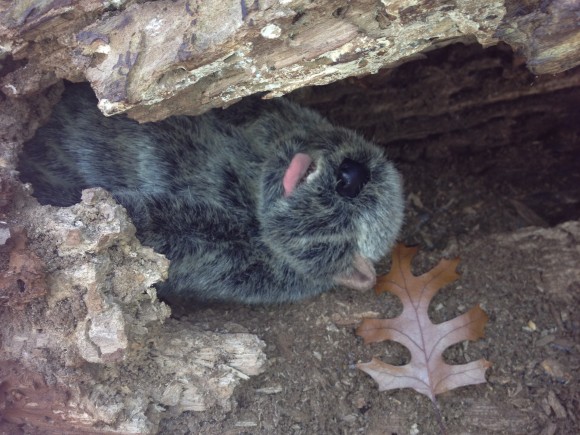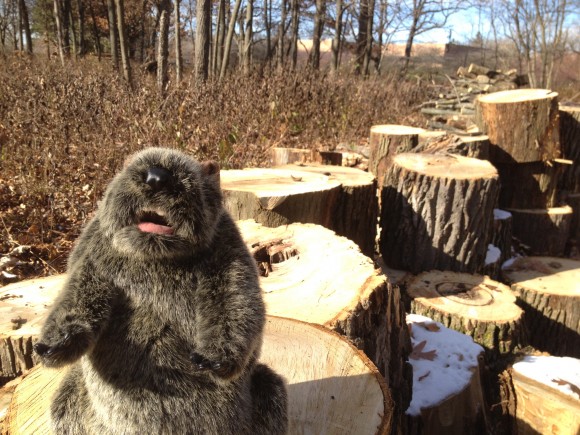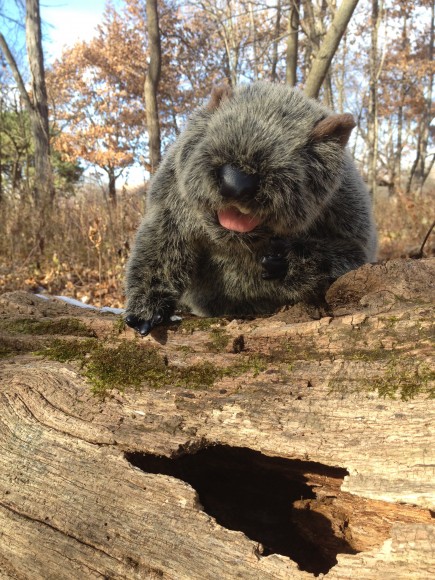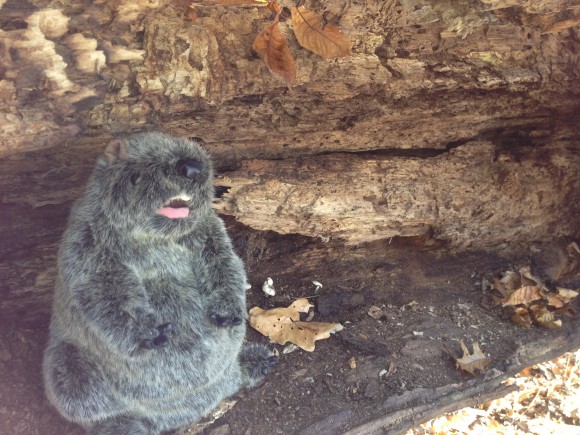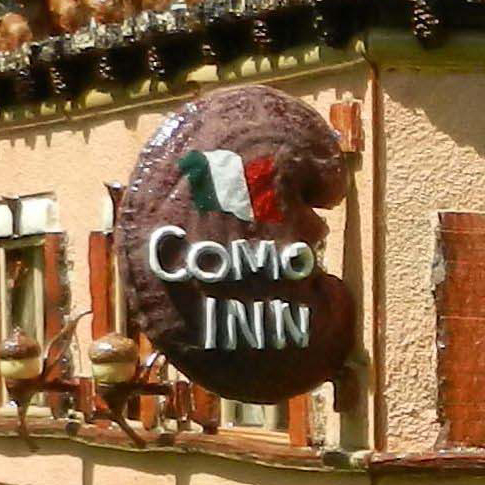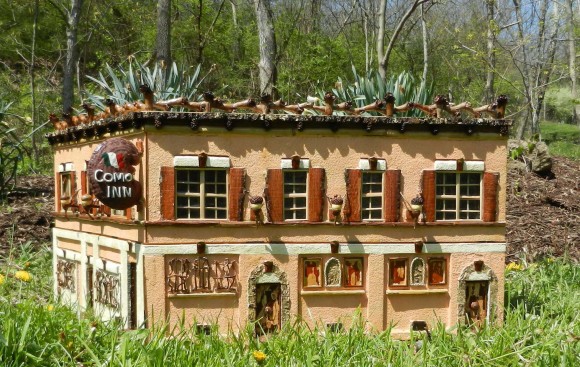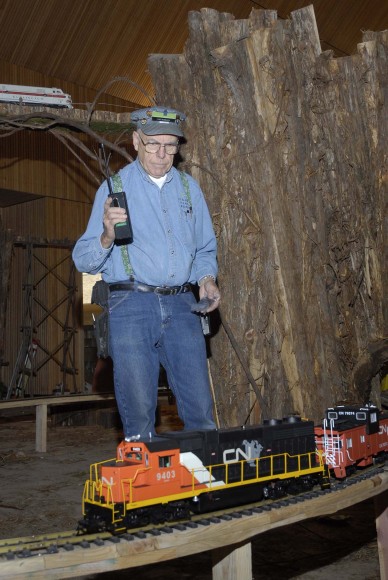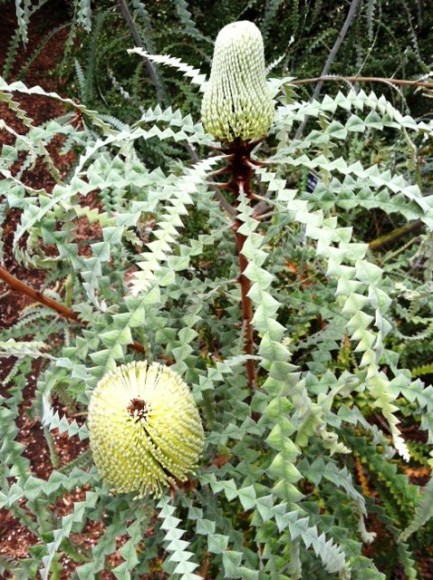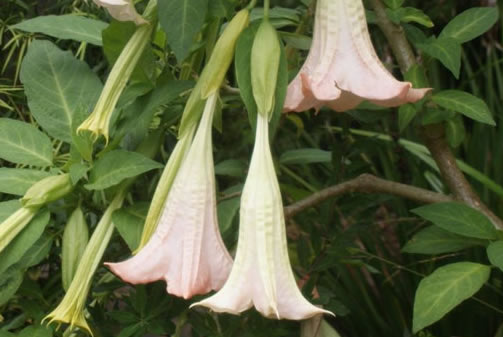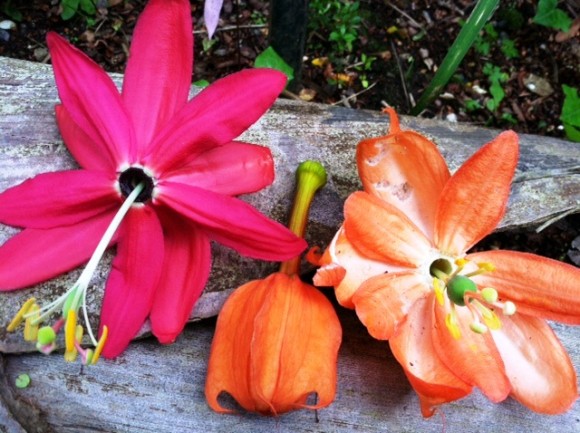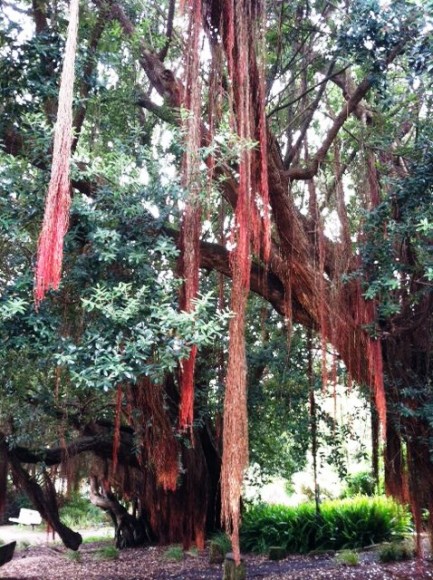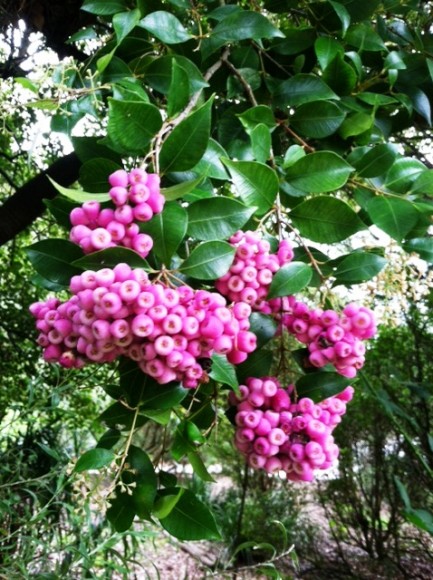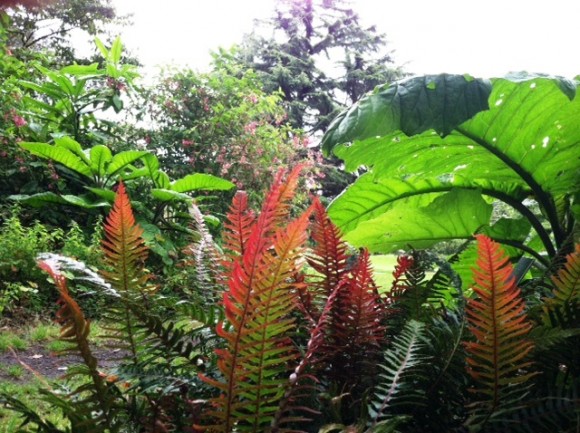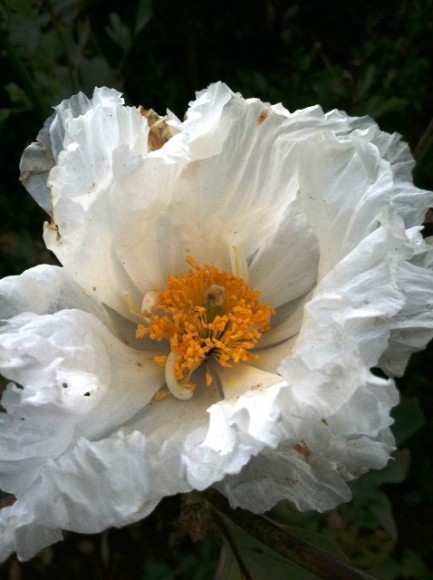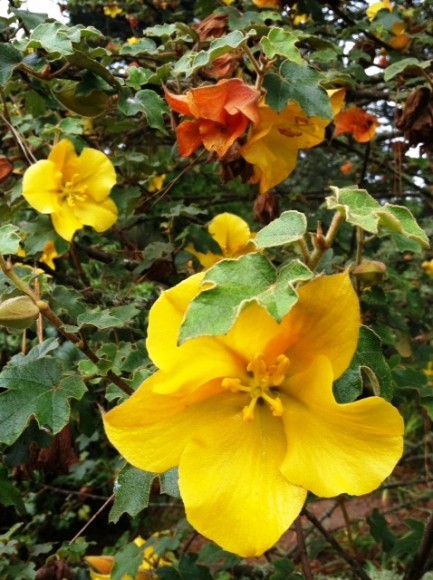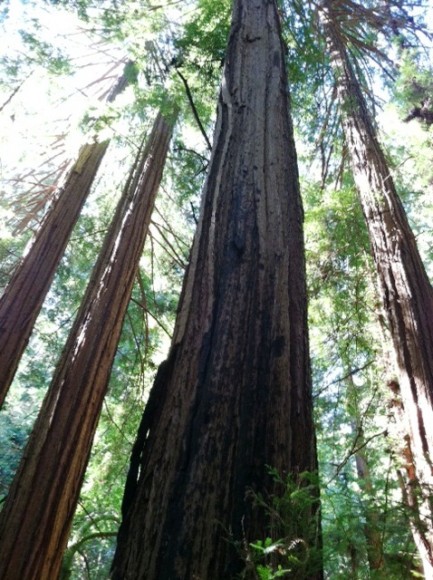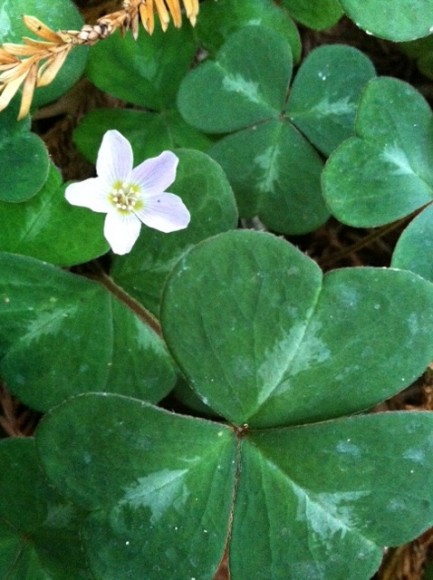Why go all the way to China to talk about climate change, when there are plenty of conversations to have here in the U.S.?
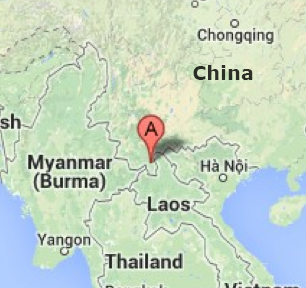
Returning from a week at Xishuangbanna Tropical Botanical Garden for their Third International Symposium focused on “The Role of Botanic Gardens in Addressing Climate Change,” I’m struck both by the complexity and difference of the Chinese culture from ours, and by how many of the same challenges we face.
These challenges are global, and to solve them, we need to take a global perspective. Though the United States and China are in very different stages of economic development, we are the two leading emitters of greenhouse gasses—and we must lead the way in reducing our impact.
Xishuangbanna Tropical Botanical Garden is located near the village of Menglun in the Dai Independent Prefecture of Xishuangbanna in Yunnan province in China, which shares 619 miles of borderland with Myanmar and Laos.
The area is a lush, tropical paradise, and does not seem at all affected by climate change, but it is a concern: the tropical areas of China—only 0.2 percent of its total land mass—represent more than 15 percent of the biodiversity in the country.
Biogeographically, Xishuangbanna is located in a transitional zone between tropical Southeast Asia and subtropical East Asia, so the climate is characterized as a seasonal tropical rain forest, with an annual average temperature of 18-22℃ (64.4-71.6℉), with seasonal variation. At about 20 degrees north of the equator, it is just on the northern edge of what is considered the tropics, though it does follow the rainy/dry seasonal patterns—May to October is the rainy season and November to April is the dry season. During my stay, they were experiencing weather somewhat colder than usual, with nighttime temperatures in the upper 40s and daytime temperatures in the low 60s. Earlier in the month, it was only in the upper 30s, but still far warmer than here in Chicago!
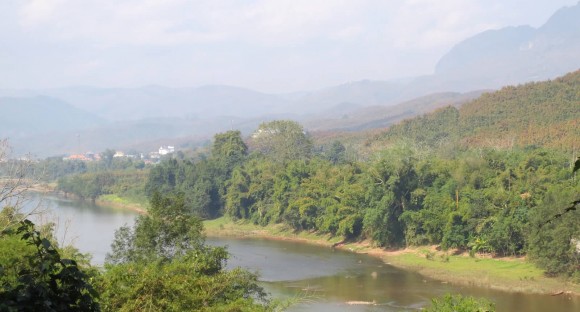
The vistas were breathtaking. This is a mountainous region, covered with lush tropical and semitropical plant life, wild bananas, lianas (long-stemmed, woody vines), tualang (Koompassia), and Dipterocarpaceae trees—some of which are more than 40 meters tall!
When I arrived on January 10, I noticed that many of the mountains were covered with what looked like vast areas of rust-colored trees. Rust-colored, I learned, because of a recent cold snap that damaged the leaves of the local monoculture: rubber trees.
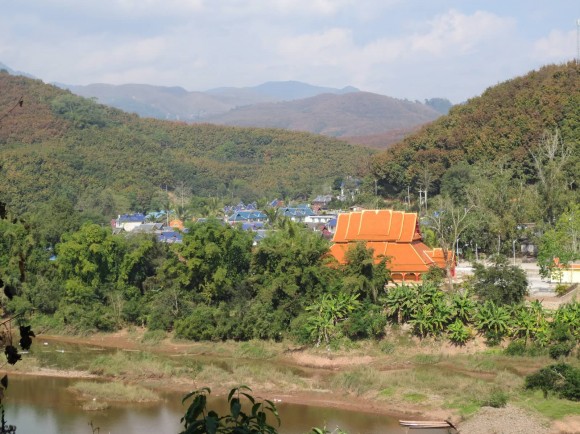
Rubber is the new thing in Xishuangbanna. Over the past 40 years, rubber trees have been bred for cooler climates, so production has moved northward from the true tropics to areas like Xishuangbanna. This has had enormous benefits for the local Dai population. Subsistence farmers in the past, they have been able to substantially improve their town infrastructure and their standard of living. But as rubber plantations expand, the ecosystem here is increasingly threatened, with only scattered fragments of untouched tropical forest left. While not directly related to climate change, the impacts of rubber were extensively discussed among conference attendees, because climate change exacerbates other environmental stresses like the fragmentation caused by the rubber plots.
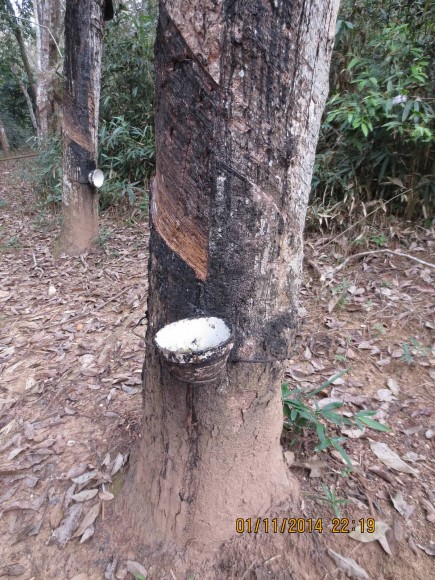
This seems to me to be a constant tension globally—the competing interest between economic development and conservation—and we’re still looking for the balance. In the United States we continue to have this debate, but around fracking and oil production rather than agriculture. Economic growth at the expense of the environment seems reasonable until we suddenly reach the point where the ecosystem services we depend on to live—clean water and air, food, medicine, etc.—are suddenly in jeopardy, either through direct human action or indirectly though other anthropogenic causes. And that brings us back to climate change.
Climate change is not an easy or comfortable topic of conversation.
Climate change is scary, politically (though not scientifically) controversial, abstract, and easy to ignore. It challenges us as individuals and organizations to rethink our priorities and choices, and to recognize that we may have to change the ways we do things, and how we live our lives, if we are to really address the problem. It is for these reasons, I think, that it generally is not a topic that botanic gardens have focused on when we develop our education or outreach programs. Internationally, gardens are finally beginning to work towards changing that, by building staff capacity to teach about climate change and by integrating climate-change education into existing and new programs.
Where better to understand and communicate how climate change will impact the natural world than at a botanic garden, where we can actually observe its impacts on plants?
The purpose of the conference was to bring together a group of international botanic garden researchers and educators to share their activities around climate change and to think broadly about how botanic gardens can and should use their resources to support movement towards a more sustainable society, as well as how we develop mitigation and adaptation strategies both for conservation purposes and human survival. Almost 20 countries were represented at the conference, though disappointingly, I was the only U.S. attendee.
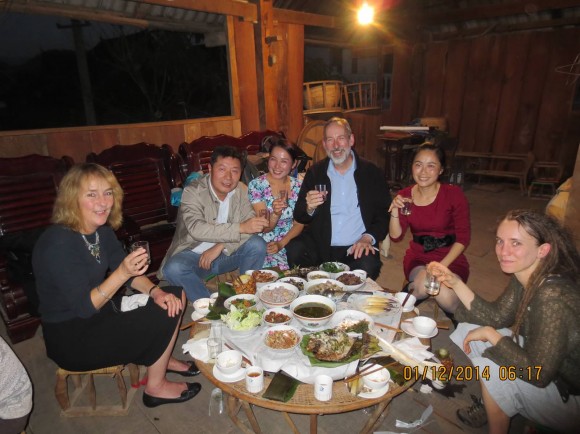
My particular area of expertise is environmental education, so experiencing tropical ecosystems directly, which there obviously isn’t the opportunity to do here in the Midwest, truly amazed and inspired me, and renewed my passion for communicating the wonder of nature to all the audiences that the Chicago Botanic Garden serves. It also drove home the real challenge we have to protect these ecosystems as the climate changes. In our discussions and in the sessions, we really focused on looking for solutions—action items—immediate and long term, that we as researchers and educators, and collectively as botanic gardens, could do to make a difference.
After dozens of sessions on research and education (everything from paleobotany to using neuroscience to better tailor climate- education messaging—really fascinating!), and discussion in targeted working groups, we produced the Xishuangbanna Declaration on Botanical Gardens and Climate Change.
In the education group, we took a multifaceted approach to the challenge—to really make a difference we need to increase our own capacity to communicate about climate change, more effectively engage our visitors in that discussion, and reach out to political, social, religious, and economic leaders to support the development of policies and practices that address the impacts of climate change on plants and society. It sounds like a herculean task, but if we each take one part of the job, I believe we can do it together. For example, here at the Chicago Botanic Garden we’ve stopped selling bottled water, use electric hand dryers rather than waste paper, are committed to LEED (Leadership in Energy and Environmental Design) certification for new building construction, and continue to look for other ways to reduce our carbon footprint.
It’s important that as institutions, gardens begin to “live the message” by implementing appropriate sustainability policies at our own institutions.
The entire declaration provides what I think is a concise, yet comprehensive, outline of how botanic gardens can use their strengths to address the very real challenge of climate change: through education, by taking meaningful steps to engage all our audiences; through research, by better understanding how climate change is affecting our environment; and through conservation, by protecting biodiversity and the other natural resources on which we depend.
While there is no one “one size fits all” agenda or program that will work for every garden or every individual, I think there is a common approach that can be taken—gardens collectively need to develop a consistent message and mobilize our networks to communicate about climate change and its impacts. Gardens, along with our members, visitors, and patrons, have the capacity and the opportunity, if we will only take it, to inspire the broader community to act now for a better future. Join us.
©2014 Chicago Botanic Garden and my.chicagobotanic.org


